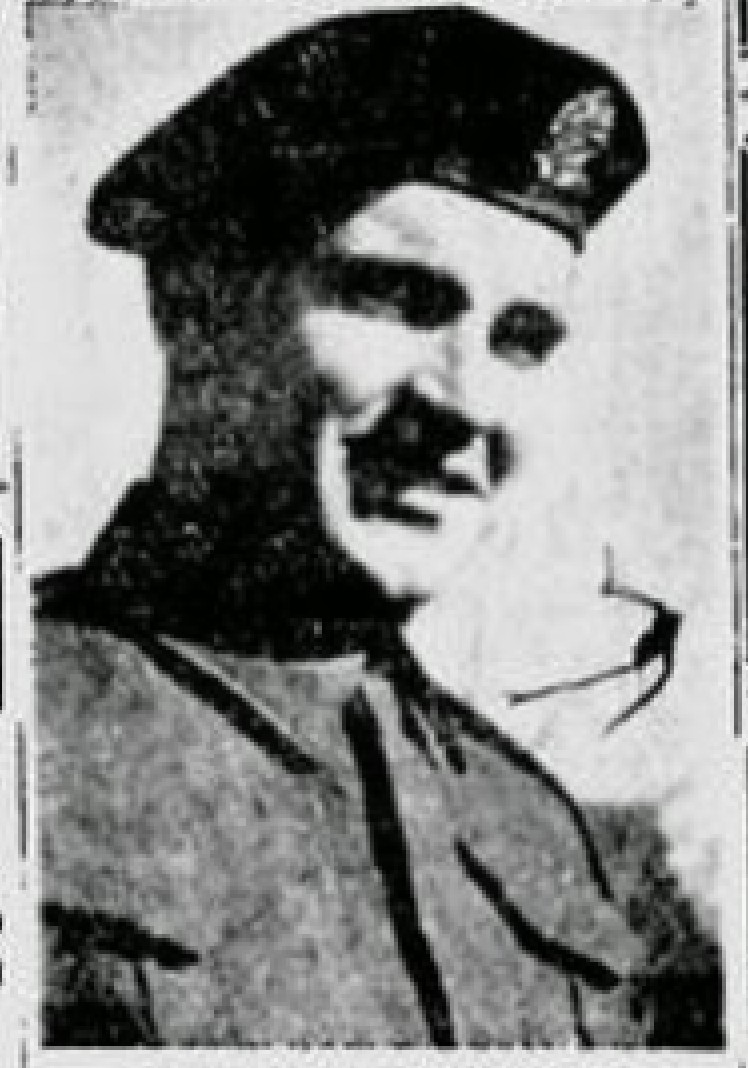During the operation, two Canadian tank battalions join the front lines. At dawn, tanks begin their assault on the Schelmseweg north of Arnhem in the drizzle. Soon, the tanks encounter roadblocks. After support from a bulldozer, the attack resumes after an hour's delay toward the Deelen airfield. The tanks are shelled by four German 88mm guns positioned in the Deelerwoud on the right side of the Delerweg. The lead tank of Lieutenant William Albert Spencer, known as ‘Bill,’ comes under heavy fire, and he decides to maneuver around it. Spencer immediately commits to encircling the German guns, even though this exposes his tank completely. The Germans do not hit his tank even once, but the fire continues. His sniper, Boone, takes out one of the guns, killing the German crew, while the crew of another cannon flees. Spencer's tank moves toward the other two guns. Just before nine in the morning, his tank is hit by an anti-tank weapon, resulting in an explosion of light and sound. Three crew members manage to exit the tank in time, but Bill Spencer is killed. He is 23 years old and leaves behind a wife and a seventeen-month-old child in Canada.
During these initial battles of Operation Cleanser, two other Canadians from the same regiment also lose their lives alongside Spencer. Allan Maxwell Freeman is 24 years old when his tank is hit by a German anti-tank weapon. Hedley Bannan, known as ‘Pete’ to his family and friends, is 23 years old when his tank is struck. As the driver, he fails to exit the vehicle in time and burns to death. The other crew members are injured but manage to escape the burning tank. Pete leaves behind a 20-year-old wife in Canada. All three are laid to rest at the Canadian War Cemetery in Groesbeek.
The other tanks destroy the remaining German guns, but one of the Canadian tanks catches fire, and the commander orders the crew to jump out. While Edward Wunsch looks into the lower compartment, he sees that the driver is severely injured and cannot escape because the cannon blocks the escape hatch. As the fire spreads in the turret, Wunsch turns the cannon and descends into the inferno of the lower compartment, dragging the gunner through the hatch. Both men are severely burned, but Wunsch saves the driver’s life in doing so.
Shortly thereafter, the Deelen airfield is captured with the help of tanks and infantry. The fierce German defense of Deelen becomes evident when it is revealed that the airfield has served as the headquarters of a German regiment. Among the German prisoners is the entire staff of the headquarters, and its commander, Lieutenant Colonel Otto Lais, admits to being ‘completely surprised, both in terms of the direction of the attack and its strength.’
